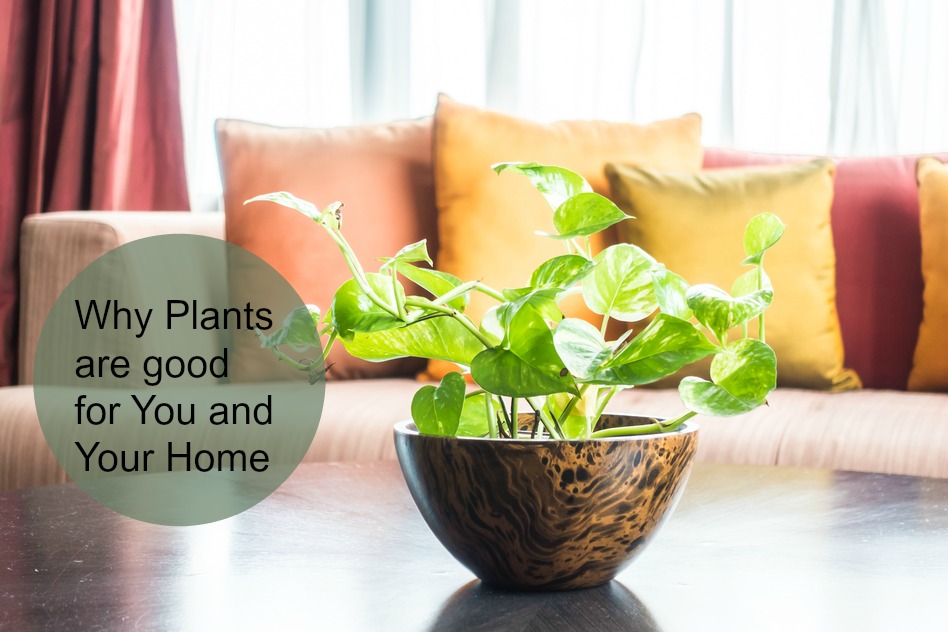As winter approaches, the evenings darken earlier, our homes don’t get as much natural light and it’s not just our bodies that suffer from lack of Vitamin D but our homes can seem duller too. We all know that exercise such as gardening is good for us as it calms the mind as well as works the body so have you thought about the benefits of having plants indoors?
Benefits of Indoors Plants
- They help to increase the oxygen levels and they clean the air – yes, they make our indoors spaces healthier places to live.
- They look good; their greenery provides colour and vibrancy. They are more than just an accessory to the room though, plants calm and relax us.
- Large plants have movement and this emphasises that they are a living thing. Yes, they provide companionship too. It sounds strange but it’s true.
- Apparently being around plants can help to improve memory and concentration. As we get older and more forgetful, having plants can only help!
- They filter airborne microbes which mean there are fewer things to irritate our throats and noses. You’re healthier when there are plants in the house.
How to Maintain Indoor Plants
You really don’t want your plants to die so a little extra care goes a long way.
- Remember the plants may not require as much water in winter and overwatering can kill a plant more quickly than under watering. Drooping leaves can indicate that a plant has too much water. The roots might rot if the pot is sitting in a saucer of water continually.
- Plants need light so don’t leave them in a darkened room. Many home owners leave the curtains drawn in rooms that aren’t used frequently as curtains help to retain heat but a plant won’t enjoy it.
- Some plants don’t like direct sunlight. Don’t leave a plant too near a very hot source of heat either like a fireplace or a radiator.
- Remember to clean down the leaves of plants occasionally as dust prevents their absorption of light.
- A slow-release fertiliser will provide them with nutrients to continue growing.
- If you’re concerned about your lack of green fingers, opt for low maintenance small plants such as succulents or cacti.







